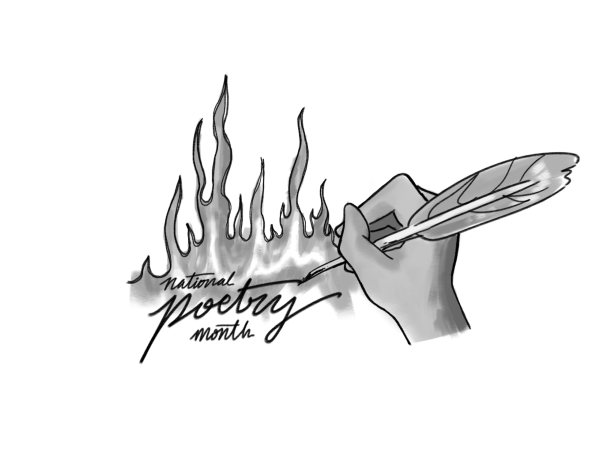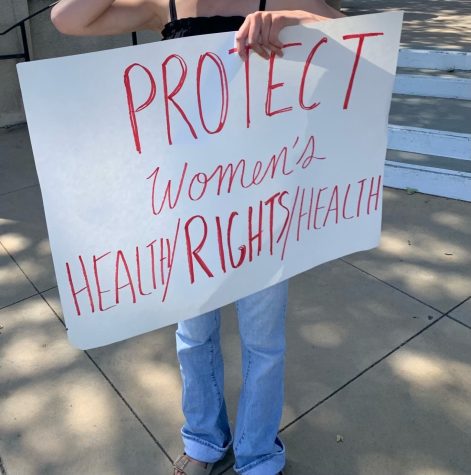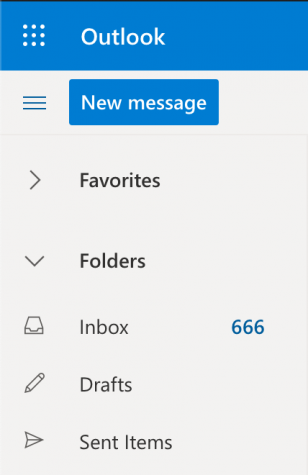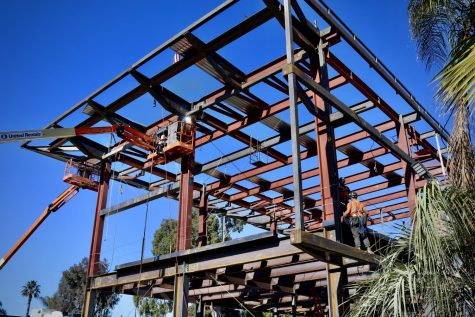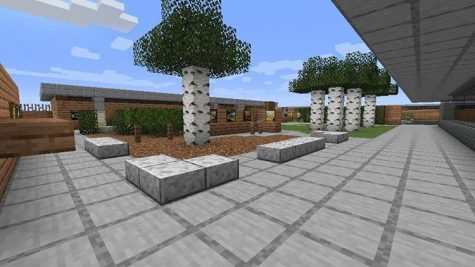PG&E Has Burned the Standards of Fire Prevention to the Ground
With the recent outbreak of large wildfires across the state, attention has been drawn towards the recurring issue of fire prevention. California has always been a state with high fire danger, but the number and intensity of fires have been increasing. According to a report from the government of California, the last ten years have seen five of the state’s largest wildfires in its history and seven of the most severe. The issue has reached a point where it can no longer be ignored. Fires no longer just threaten the forest and wildlife; houses, communities, and lives are at risk.
The causes behind the unfolding disaster are complex. One facet is the forests themselves, which have been affected by global warming. Another key player is the lumber industry. Richard Wilson, who was Director of the California Department of Forestry and Fire Protection from 1991 to 1999, saw the problem early. In an interview with journalist Mark Arax a year after the deadly 2018 Camp Fire, he detailed the issue.
“The Indians gave us the natural forest,” Wilson said. “Much of it was patchy, and the trees grew to differing heights. This combination of open ground and uneven canopy kept the fires from raging.”
When lumber companies cut down trees, they replant the area with a single species of tree in a practice known as monoculture. After 30 years, these companies come to harvest the trees and plant new ones, but the new forests lack breaks and variation. Today, a forest that had supported 64 trees an acre now supports 160 trees an acre.
“The growth is so uniform that when fire hits it, it becomes a blowtorch,” Wilson said. “The trees are nothing but matchsticks. Get a spark up, and she’s gone.”
The infernos of today did not come totally by surprise. When Wilson was Director of the California Department of Forestry and Fire Protection in the 1990s, he saw the impending doom.
“Even though I was the head of state Forestry and Fire, I couldn’t stop it,” Wilson said. “When I left the agency, I wrote that these were ‘unprecedented patterns of human settlement’ in areas that John Muir had called ‘God’s wildness.’ The settlement patterns resulted in perhaps the most rapid and massive disruption of natural fire regimes and watersheds ever experienced on earth.”
When Pete Wilson became Governor of California in 1991, Richard Wilson was hopeful there might be change.
“I had known Pete Wilson for a number of years from my time on the California Coastal Commission,” Wilson said. “He had a background in urban planning and was saying all the right things about managing suburban sprawl and bringing back a sustainable model of harvesting timber.”
Richard Wilson put together a 14-point plan initially endorsed by the governor. It fixed many of the problems with the lumber-cutting protocol, lengthening the harvesting cycle from 60 to 80 years and spacing young and old trees. The plan never came to be. Governor Wilson abandoned his support under pressure from builders, developers, and lumber companies.
Another crucial change occurred in the early 2000s. Before, forestry management had fallen to park rangers who cleared dry brush and carried out prescribed burns. With the increasingly large fires, California put their bet on firefighters instead. In a twist of irony, humble park rangers left the forestry service and joined the better-paid and publicized firefighters.
“Today, the war-like mobilization of firefighting is nothing if not epic,” Arax wrote. “Each battle required air tankers, helicopters, bulldozers, all-terrain fire engines, thousands of firefighters and inmate conservation workers, hundreds of fire stations, and a statewide communications system.”
This approach has also come with far increased costs. In 2018 alone, California spent almost $1 billion on firefighting expenses, surpassing the budgeted amount of $450 million.
\When it comes to setting off the spark for wildfires, the electrical grid has proved a notorious suspect. The Pacific Gas and Electric Company (PG&E) is in hot water over the abrupt recent blackouts to avoid new wildfires, even while still facing backlash from last year when a live wire sparked the massive Camp Fire. The incidents are not isolated ones for the largest utility in California. In 2015, PG&E’s equipment ignited 435 fires and in 2016, 362 wildfires. In Oct. of 2017, failures from the utility caused the North Bay Fires. Almost 4,000 homes and businesses were destroyed and nearly 200,000 acres burned. Journalist David Roberts spared no criticism of PG&E in his recent Vox article.
“PG&E has long been wildly corrupt, incompetent, and cozy with regulators,” Roberts said. “It lavishly funds state politicians; state records show that it has donated to eight out of ten California legislators. It spent $208,000 just electing Newsom.”
As the various intertwined causes come together, California residents feel the effects. Besides the initial loss in homes and lives, the financial cost has been more than $10 billion in insured losses each year. Similarly, prices for insurance in fire-risk areas have been going up yearly.
That is not to say there are no solutions. Wilson’s recommendations for changing the lumber practice which he proposed more than 20 years ago would be a start towards building more natural and diverse forests that resist the fast spread of fire. PG&E also needs to be dramatically restructured and the electrical grid updated. California’s housing crisis has to be put to rest without more homes being built in fire-prone areas. Unfortunately, all solutions will take years to come to fruition, even if done in a timely manner. Until then, residents will bear the brunt of the burden while California burns.
Hello there! Our goal is to provide relavent, engaging journalism for readers of all ages. Your donation will support the student journalists of the Wolfpacket at Claremont High School, and will allow us to purchase equipment, print our monthly issues, and enter in journalism competitions. We appreciate your consideration!

Stephen Nazareth is a senior at Claremont High School and a first-year reporter at the Wolfpacket. He also manages the Wolfpacket website. In his free...



